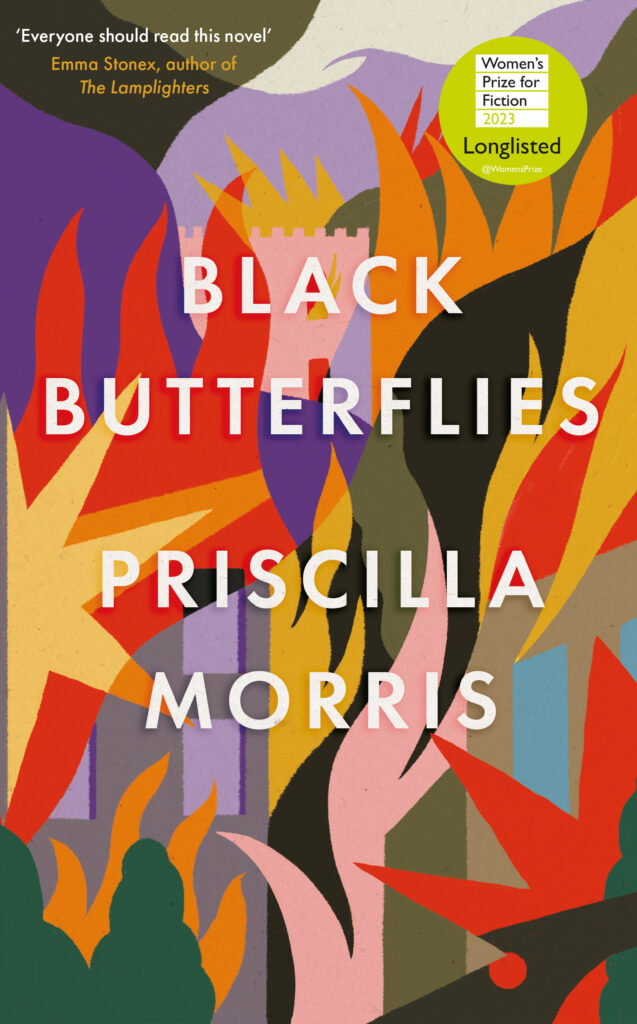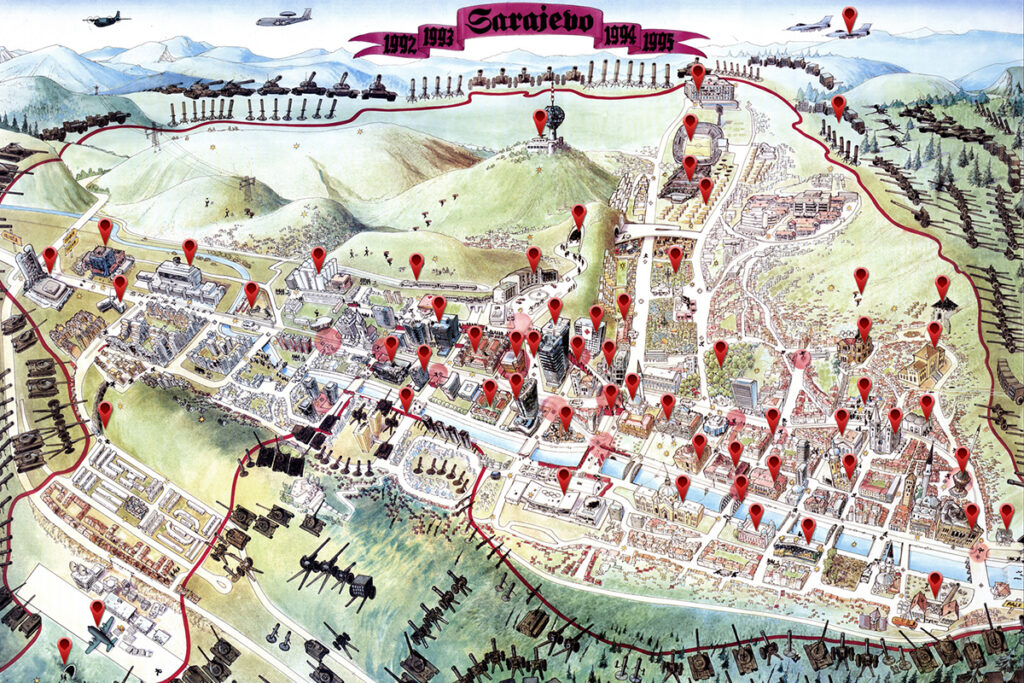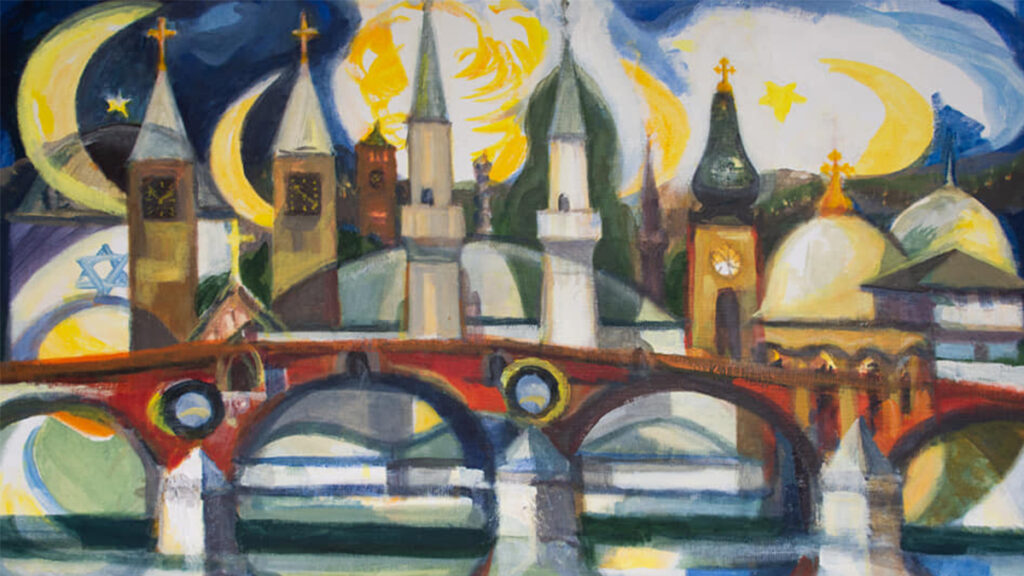
Guest post
Priscilla Morris discusses art, war and Black Butterflies
We talked to Priscilla Morris about what inspired her Women’s Prize-nominated novel, Black Butterflies, art in war, the Siege of Sarajevo and more.
What is Black Butterflies about?
Black Butterflies is about the 1990s siege of Sarajevo as seen through the eyes of Zora, an artist and teacher who is floundering at the midpoint of her life.
She sends her family to safety in England before being trapped in her blockaded hometown, where the electricity, gas, water and food supplies are cut off one by one.
Zora continues to make art despite great hardships and losses. She deepens her friendships with her neighbours of all ethnonationalities, even though these groups are shooting and bombing each other.
It’s one woman’s war story; harrowing in places, but threaded with hope, strength and resilience.
What inspired you to write your Women’s Prize-nominated book?
My mother comes from Sarajevo, Bosnia. She left in the late sixties, when it was still part of Yugoslavia, and came to live in London, where she married my English father – but most of her relatives, including her parents, were caught there when war broke out in 1992.
I was nineteen at the time. I remember my family watching the BBC news each night in shocked disbelief, unable to make sense of the images of everyday people being shot by snipers as they crossed the street.
The head post office and telephone exchange were blown up in the first month of the siege and we had no way of contacting my grandparents.
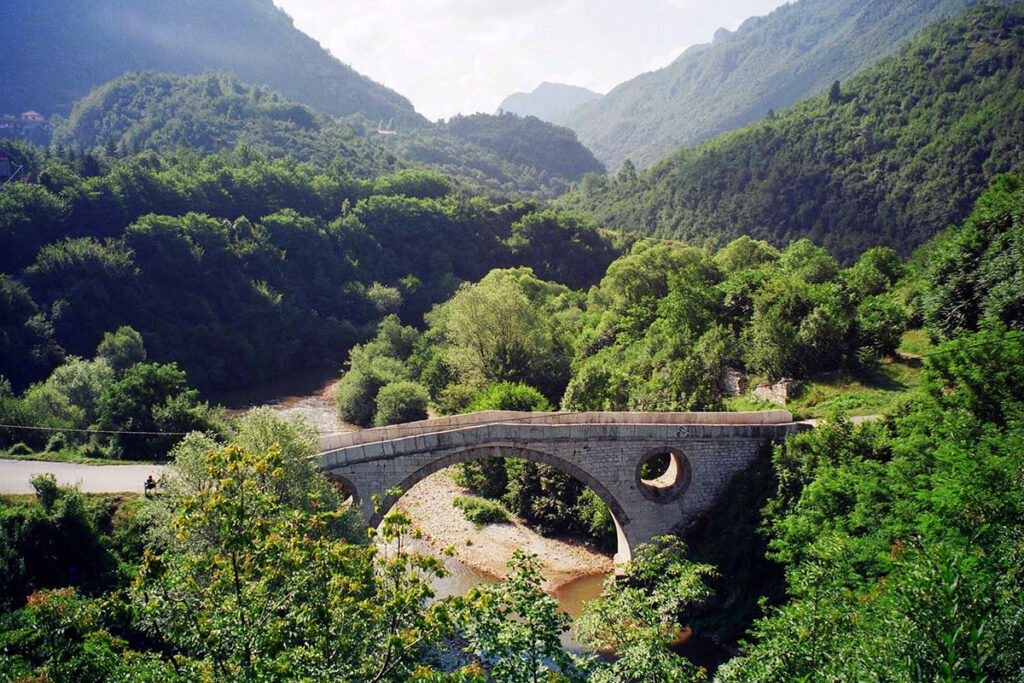
In early 1993, my father bought a flak jacket and went out to rescue his parents-in-law. He was trapped himself in the freezing city without heating for three weeks before managing to secure them a way out.
A stream of gaunt, chain-smoking refugee relatives passed through our South London home that year. Traumatised by continuous shelling, they jumped each time a door slammed.
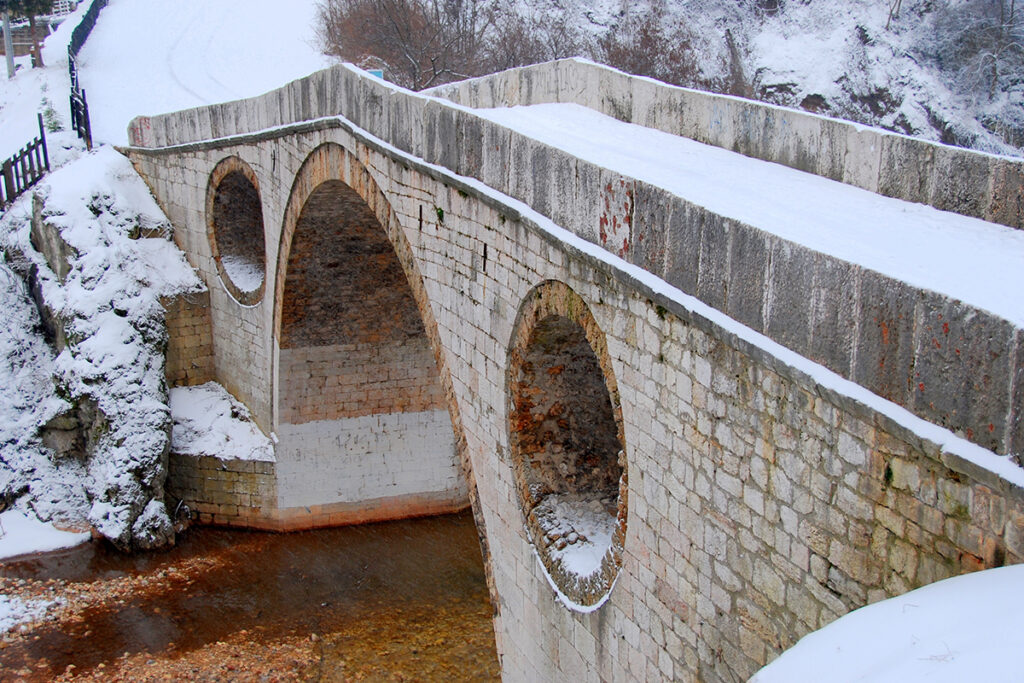
Three decades later and Black Butterflies is my creative response to the war. A love for the place where I’d spent my childhood summers and a desire to gain some understanding of its brutal disintegration drove me to write it.
Two real-life stories were the catalysts. My father’s rescue of my grandparents and the inspirational story of my great-uncle, a Sarajevan landscape painter called Dobrivoje Beljkašić.
He loved to paint the elegant Ottoman bridges that span Bosnia’s fast-flowing rivers and gained a reputation for these works. He inspired the character of Zora.

Why ‘black butterflies’?
A photo that I had propped up on my desk while writing was of the Bosnian National Library, flames billowing from its windows.
The fire is a key turning point in Zora’s story.
The charred pages of over a million books floated over Sarajevo for days, catching in clothes and hair – and, in real life as well as in the book, people took to calling these ashes ‘black butterflies’.
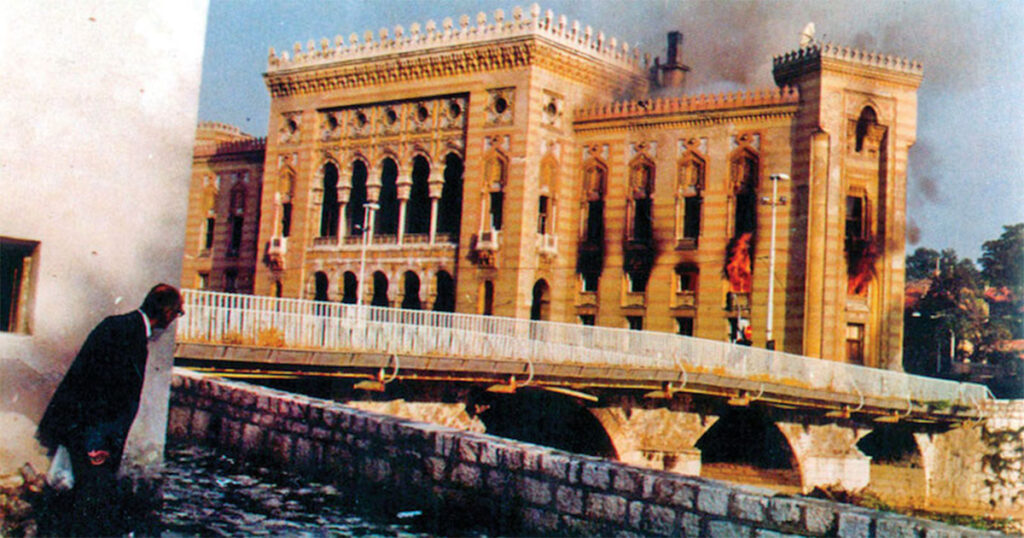
Tell us a bit more about the war and the different groups involved…
In 1992 Bosnia and Herzegovina declared independence from an increasingly Serb-dominated Yugoslavia, a country that had existed for most of the twentieth century. A bloody war followed.
Bosnia consisted of three ethnonational groups. In 1991, a little under half the population were Bosnian Muslims (known as Bosniaks after the war), a third Bosnian Serbs, and one in five Bosnian Croats.
Bosnia was famed for its tradition of hospitality, tolerance and pluralism, but this seemingly disappeared overnight.
The awful euphemism ‘ethnic cleansing’, i.e. evicting, terrorising, interning, raping, killing a particular ethnic group, came into common usage. It was mainly, but not only, Bosnian Serbs, who were doing the cleansing, and mainly, but not only, Bosnian Muslims who were being cleansed.
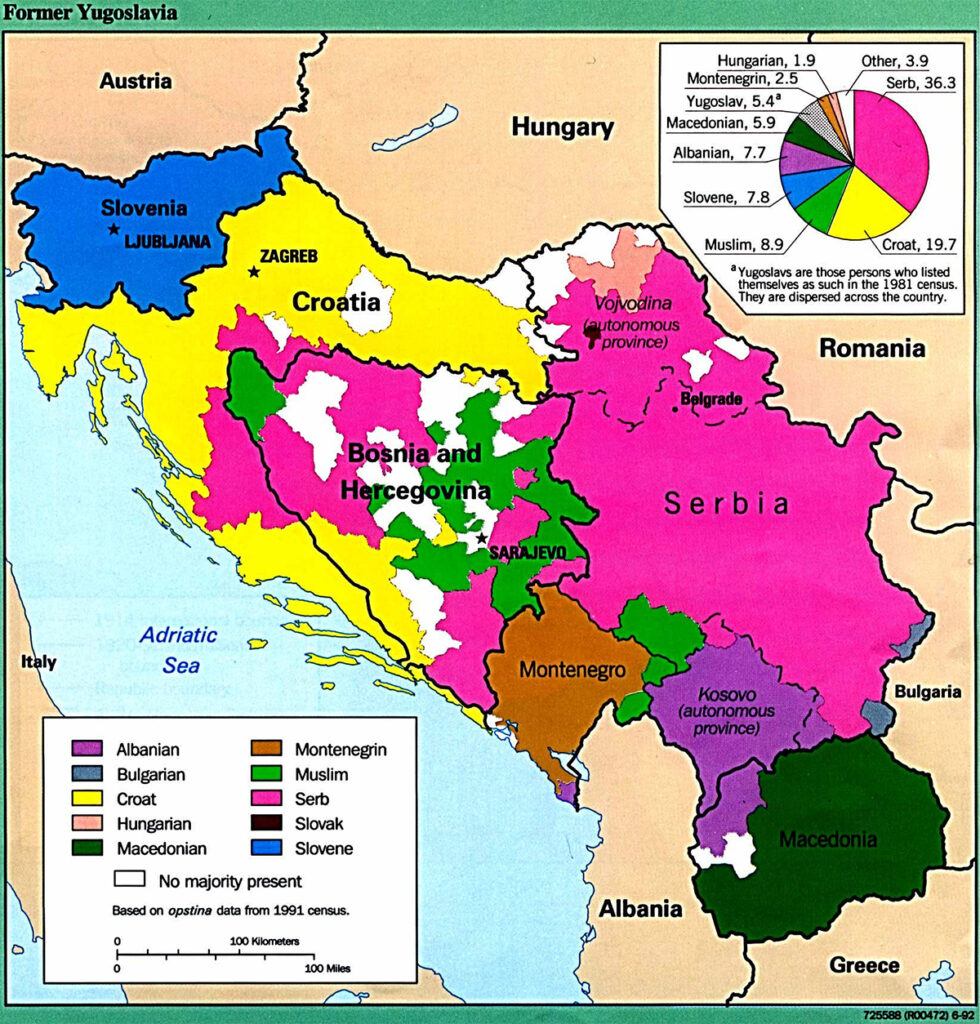
Sarajevo, the beautiful capital, was encircled by Bosnian Serbs who shelled the city from positions high in the surrounding mountains. People of all three nationalities were trapped in the city, where one in three marriages were mixed.
My mother’s family was a mix of Bosnian Serbs, Bosnian Muslims and less usually, Slovenes. Most Serb members left Sarajevo during the war, reflecting the overall demographic pattern.
The siege, which was the longest inflicted on a capital city in the history of modern warfare, finally ended in February 1996, when the last Serb forces withdrew.
And Zora is...?
Much more interested in art than politics!
She is first and foremost a Sarajevan, someone who dearly loves her city and believes in the multicultural ideal.
She’s a Bosnian Serb, but an anti-nationalist who doesn’t take sides: she’s against the Serbs in the hills and suspicious of the Muslim government.
Hers was an increasingly difficult position.
Tell us about the theme of art as resistance in Black Butterflies...
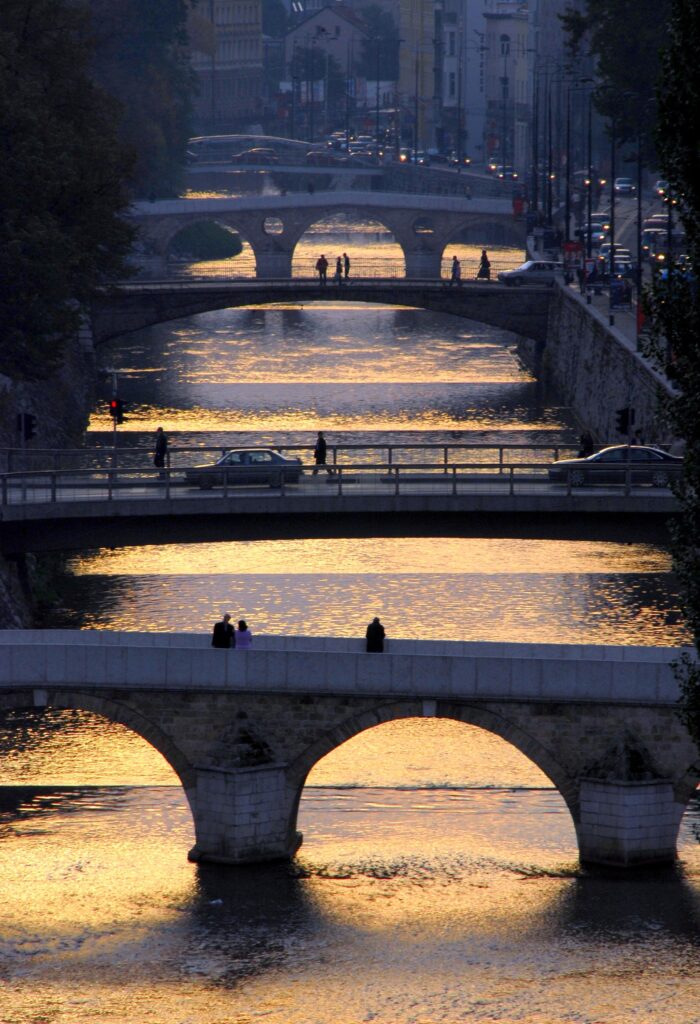
Photo by Gwen Jones.
Zora is an artist who makes art from the debris of war.
There’s resistance to the dehumanisation and isolation of war at the heart of the novel, a refusal to be beaten down.
Zora’s students think she’s heroic because she carries on teaching after great personal loss. And even though she feels a fraud, she does continue to teach and make art despite the extreme conditions and the constant presence of death.
She teaches Una, the little girl next door, how to paint and she organises a candle-lit art exhibition in her apartment building.
Her neighbour and close friend, Mirsad, writes and tells folktales to a captivated audience.
Creativity really did take off in Sarajevo under siege, especially in the second year of the war.
Musicals, plays and exhibitions ran in shelled venues. Hair was the most popular, while Waiting for Godot reflected back at Sarajevans their endless, futile waiting.
Living on the lowest level of human existence, there is still a need for art and culture: to make sense of the destruction, to bring people together, to give dignity and help resist the degradation and humiliation of war.
Making art is the only way Zora can go on.
Discover Zora’s world and life in the Siege of Sarajevo by reading Priscilla Morris’ highly acclaimed literary novel, Black Butterflies.
Inspired by real-life accounts of the Siege of Sarajevo, only thirty years ago, Black Butterflies is a heartrending and utterly captivating portrait of disintegration, resilience and hope.
Longlisted for the Women's Prize 2023
‘A moving, compelling, deeply human novel about love, hope and resilience’
EMMA STONEX, bestselling author of The Lamplighters
Sarajevo, spring 1992. When ethnic violence erupts, Zora, an artist and teacher, sends her husband and elderly mother to safety with her daughter in England. Reluctant to believe that hostilities will last more than a few weeks, she stays behind.
As the city falls under siege, Zora and her friends are forced to rebuild themselves, over and over.

